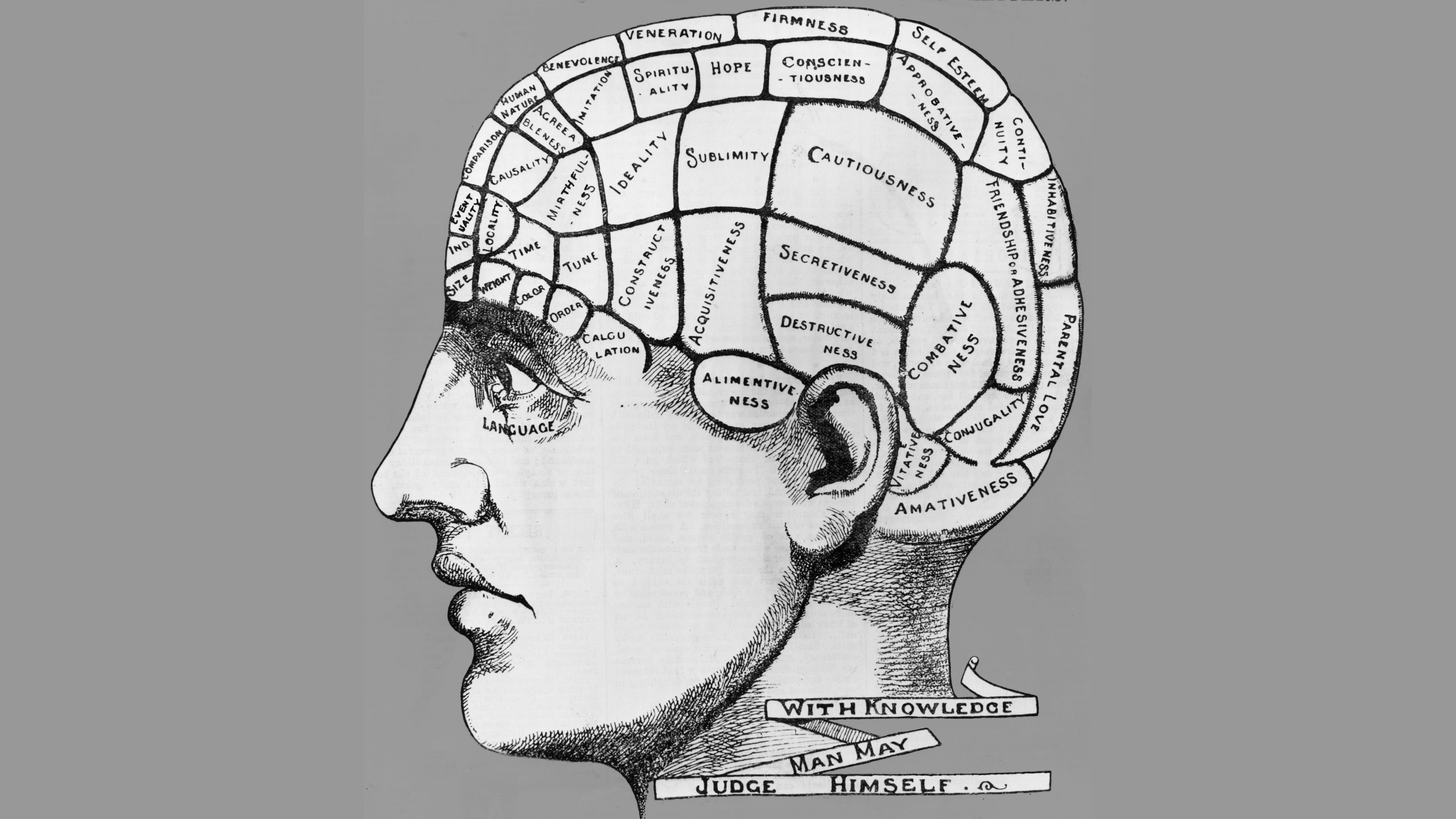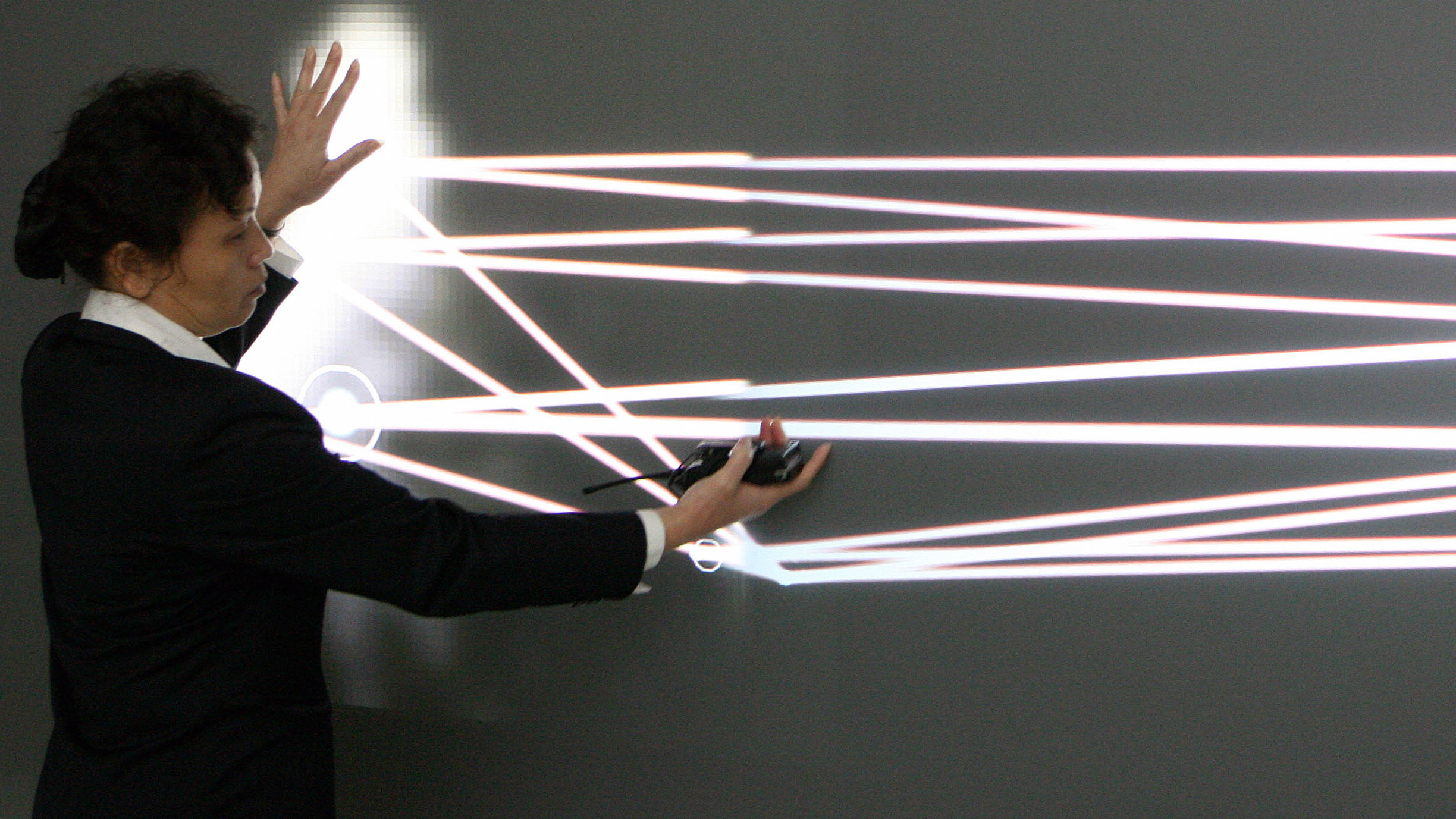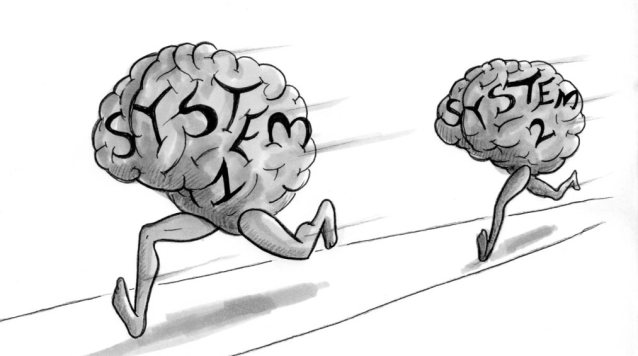Why Don’t New Facts Cure Old Fears?

How do our fears work? Can we trust new facts to cure old fears? Our minds aren’t built that way.
1. Fear can be useful (“the mother of safety”) or delusional = ideal for examining the often misunderstood mental mechanics of emotions and logic.
2. “America is full of fear,” writes Marilynne Robinson. She feels “irrational responses to irrational fears” animate America’s gun ownership (rates ~5 percent to ~60+ percent by state).
3. Bone-deep fear fuels Ta-nehisi Coates’ latest book. His childhood streets were an “array of lethal puzzles.” He feared “those who loved him most.” His father felt “either I can beat him or the police.” All that fear bred violence. It still shapes Coates’ worldview.
4. Politically, “fear of the other party” dominates love of your party (graphic polarization).
5. Our “indirect rationality” means facts usually can’t cure false fears directly or quickly.
6. Feeling IS fast thinking. Per Daniel Kahneman’s two-mind framework, “System 1” generates feelings = rapid, reflex reactions; “System 2” deliberates, consciously, slowly.
7. System 1 does its thing first. Then System 2 kicks in, usually using System 1’s output. Whatever explicit facts System 2 gets, they’re framed by System 1’s separate (“hidden brain”) learning system, which constantly, unconsciously, collects the patterns of your anecdotal unstatistical environment (making toddlers and liberal pundits react like racists).
8. “Rational choice” thinkers typically believe emotions cause irrationality. Reason must overrule emotion’s errors, and better facts ensure better actions (hence nutrition labels, largely ineffective).
9. Logic and emotion aren’t “opposites.” They’re inseparable (see Plato’s chariot). Either can be apt or inept.
10. Feelings process sensory inputs by a logic — your culture’s emotional grammar, your childhood’s patterns, your subsequent psychology. Coates’ book lays out his fearful logic.
11. Conscious thinking usually has emotional goals (to feel good/right). And thoughts can be incoherent (e.g., Robinson questions “a well-regulated militia” meaning guns for all). Plus what’s called rational can be unrealistic or ridiculously self-destructive.
12. David Hume’s “Reason is, and ought only to be the slave of the passions” gets the mechanics right, but needs modification. System 2 reason starts from our feelings, preferences, biases, assumptions … but System 2 can retrain System 1 reactions = reason reshaping passions.
13. Surely better models of our nature should be habit driven (like us). We evolved to often act without consciously deciding, using System 1 habits. We can be rational (actions matching aims) indirectly, when acquiring System 1 patterns. They’ll then be automatically triggered, mindlessly repeated, often. Altering (second-nature) habits requires slow, hard retraining.
14. Trust can mitigate or multiply fears. We often don’t or can’t think for ourselves, instead relying on trusted others. If leaders say “quantitative easing” or immigration harms the economy, who has the time or expertise to verify?
15. Harmful trust/fear patterns have hardened into cultural/institutional habits. Why let politicians routinely lie, when lies to sell products are illegal? Is the integrity of donuts or democracy more important?
Fears arise first and fast. They change slowly. How we organize fear shapes us (politically + privately).
Illustration by Julia Suits, The New Yorker cartoonist & author of The Extraordinary Catalog of Peculiar Inventions





